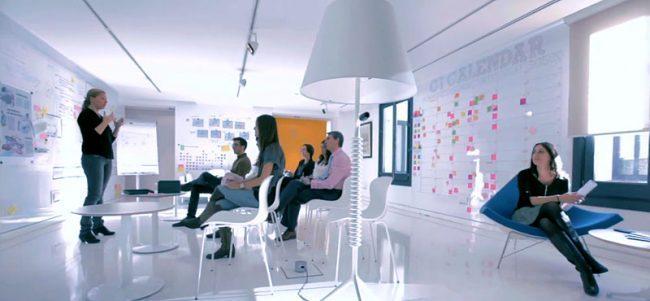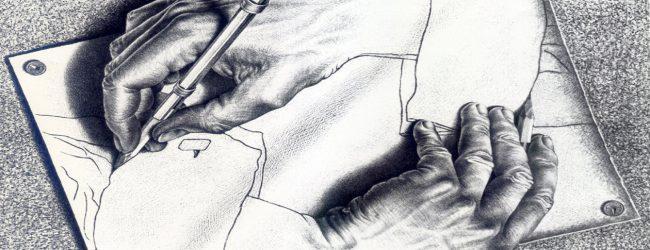Unstoppable Forces and Immovable Objects
What happens when an unstoppable force meets an immovable object? I was reminded of this famous paradox recently when reading this article about when hierarchies and networks collide. Whereby hierarchies are, of course, the immovable object and networks are the unstoppable force.
At any point in time, networks trump hierarchies. However over time hierarchies trump networks.
Karen Stephenson
At 100%Open, we are often grappling with a version of this same paradox, namely how the “suits” can collaborate with the “sneakers”. In other words, the people from large, powerful and hierarchical multi-national companies (the so-called “suits”) to collaborate with the small, agile and networked start up companies (the “sneakers”).
There have been many attempts by large companies to replicate the success of start-up innovation, with the creation of expensively furnished innovation labs and accelerator programmes, many of which simply do not work. Here are just a few reasons why corporate attempts to copy start-ups do not often work.

And, on the other hand, there are many start-ups who find it hard to scale-up hence the need for, amongst other things, the Scale Up Institute. The best way for many start-ups to scale is to find a corporate customer who wants to buy what they are selling and to provide constructive feedback, rather than seeking expensive investment.
In many ways these two worlds have become more entrenched in recent years. Through our experience we’ve learned that networks and hierarchies play different roles and they need each other to survive. The sneakers are excellent at insight, innovation and creativity. The suits are excellent at marketing, finance and infrastructure. Bring them together and you have the beginnings of a functioning economy and ecosystem.
Rather than trying to copy each others’ features, we would always advocate a more complementary approach – one where hierarchies and networks both play to their strengths and partner to complement their weaknesses. To do so requires the following five things:
- Facilitators – Skilled people and behaviours can host a neutral conversation between equals
- Platforms – Technology and processes that allow for structured, ongoing and scalable interaction
- Translators – Clear and honest communications that drive understanding and iterative feedback
- Tools – Collaborative methodologies to help everybody to innovate by sharing risk and reward
- Spaces – Time and places to allow insights, ideas and partnerships to emerge, form and grow

In that way, we can have the best of both worlds. Suits and sneakers. Hierarchies and networks. Unstoppable forces and immovable objects. They all play a role at different times for different circumstances. Here is just one recent example of how it can work well.
So the next time you find yourself with an unstoppable force rapidly approaching an immovable object, please do get in touch and we’d love to help you to figure out what can be created in the collision.
Nice post. Readers, for more detail on the five things list above have a look at our Open Organisation Test here: http://sh-development.co.uk/open-organisation-test/. When you take this you can evaluate your organisation’s open innovation skills and tools and get an idea of where you should focus in terms of organisational and cultural development .